Latin name: Spathiphyllum
Family: Araceae
Origin: Philippines, American tropics
Unpretentious spathiphyllum
South America is considered the birthplace of most plant varieties. In Europe, they heard about him back in the 19th century, when amateur collectors went to the Americans in search of unusual plants for home floriculture.
Spathiphyllum or spathiphyllum, or a flower of female happiness, without exaggeration, we call it one of the most common indoor flowers. It will not be difficult to find it in any flower stall, it is sold out incredibly quickly. What is the reason for the popularity of this amazing flower?
The main reason is the beautiful appearance of the plant. Dark green glossy leaves, the absence of a stem and, of course, a sail of white inflorescences will definitely not leave exotic fans impassive.
Another important reason that contributes to the interest of flora lovers is the ability of spathiphyllum to purify the air. This fact will be indicated on the label when buying a plant.
The last reason is the unpretentiousness of the indoor flower. Spathiphyllum can no doubt be recommended for cultivation even for beginners in floriculture. In addition, it is practically the only flower that blooms beautifully, which is relatively shade-resistant.
Spathiphyllum blooms for a long time - up to 3 months. Flowers can be of different sizes, it depends on the species. Some plants have large inflorescences, while others are small. The color of the inflorescence is exceptionally white, however, it may change to greenish when the plant begins to fade. The number of flowers is always associated with proper care. However, there are types of spathiphyllum that are difficult to "force" to bloom.
Many people ask: “With proper care, will the spathiphyllum bloom all year?” Of course not, it usually blooms in the period March-September. The plant is similar to anthurium, only spathiphyllum is much easier to care for.
Spathiphyllum species
Spathiphyllum Chopin (Spathiphyllum Chopin)
It is also called Chopin. It grows up to 40 cm. The coverlet is elongated, with a greenish tint. The leaves are shiny green. Spathiphyllum Chopin, due to its compact growth, beauty and undemanding nature, is the most common environment for flower growers.
Spathiphyllum Wallis (Spathiphyllum Wallisii)
This type of spathiphyllum can rightly be given one of the first places for unpretentiousness, it is perfectly adapted to the home microclimate. He is loved for abundant flowering and shade transfer. The coverlet of the plant, elongated in length and narrow, is white (it may turn a little green over time). The leaves are dark green. Spathiphyllum Wallis is low, its average length is about 30 cm.
Spathiphyllum Alana (Spathiphyllum Alana)
The height of the plant is quite large - 50 cm. The flowers are white, but, like in many species, they turn green by the end of flowering. In spathiphyllum Alan, the leaves are almost vertical and do not bend, as in other varieties. The leaves are tight, rich green.
Spathiphyllum sensation (Spathiphyllum Sensation)
One of the largest varieties. This hybrid can reach 1.5 m in height. The leaves of the spathiphyllum sensation are ribbed, dark green, their width reaches 40 cm and the length is 85 cm. It is often used to decorate rooms, because it tolerates shade very well.
Spathiphyllum home care
Caring for a flower female happiness will not be difficult, which makes it popular among flower growers. Spathiphyllum is picky about light. It will perfectly enliven the office atmosphere or any other where there is not very good lighting.
If you just bought a spathiphyllum, then it is better to transplant it after 20 days into a larger pot. This houseplant is more demanding on moisture, so after purchasing it, immediately check that the soil is moist.
Location selection
An oriental window sill, slightly shaded by other plants, is perfect. Spathiphyllum loves diffused bright lighting, but it can also be grown in artificial light. The plant will grow in the depths of the room, but it will definitely not bloom as before.
Spathiphyllum feels great when there is wet expanded clay in the pan, because it prefers a high level of humidity. Likes frequent spraying. However, indoor flower can acclimatize to dry air.
Spathiphyllum flower is thermophilic. In order for your pet to please the eye, you need to maintain the optimal temperature for him at all times of the year: from 18˚С to 25˚С. The plant shows a negative attitude to drafts. If your spathiphyllum is on a cold windowsill in winter, put any supply under it (board, polystyrene).
Watering
In summer, water with soft and warm water 2-3 times a week, in winter, reduce to 1 time. The soil must always be moist. You can pour water into the flowerpot, but after a while you need to drain it.
Priming
It grows well in a mixture of: coarse sand (1 part) and soddy land (1 part) or 1 part of leafy soil, peat, perlite and humus. Spathiphyllum can also grow in humus soil, with the addition of charcoal, brick chips and pine bark. Good drainage is a must. Always take a pot with a hole.
Top dressing
Feed with a liquid fertilizer once every 14 days during the growing season. Spathiphyllum needs more than other plants in magnesium and other trace elements. If the plant is still growing in winter, fertilize it once every one to one and a half months.
How to transplant spathiphyllum?
Transplant a young spathiphyllum every year, an adult - about once every 4 years, when roots begin to appear from the drainage hole. The plant will grow well in a shallow container. No need to take a large pot, because the soil in it will turn sour.
Spathiphyllum reproduction
The only way to propagate a plant is to divide it when transplanting. If you split a spathiphyllum and end up with a completely rootless cutting, root it first in water, keeping it there for about 20 days, preferably under plastic. With the formation of roots about 2 cm in length, you can land in the soil. There are times when delenki obtained from injured roots take root hard, their leaves wither. If this happens, just cut off such leaves, and spray those that remain abundantly.
Pests and diseases
Spathiphyllum can affect: scale insects, whiteflies, mealybugs, thrips. The most important pest that affects the flower is the spider mite.
Problems that may arise:
- Why does the spathiphyllum not bloom? This is due to disapproving growing requirements, such as insufficient light for the plant. Of course, it is impossible to place the plant so that direct sunlight falls, but it is not recommended to put it deep into the room, it is better to rearrange it closer to the window. In some cases, spathiphyllum immediately throws out buds. Another healing power for the plant has spraying. The fertilizer of the indoor flower also has a positive effect. Sometimes just rearranging the spathiphyllum from place to place has a good effect on flowering. Extremely young plants may also lack flowering.
- If your pet has brown leaf edges, then the air is too dry for him, just spray him. But such a phenomenon can also be with rotting of the roots and excess moisture.
- Spathiphyllum has drooping leaves? Most likely the plant needs watering. But the same symptom occurs when the soil is waterlogged. When rotting, the leaves can curl up and become covered with dark spots. Roots usually rot with excess moisture and in keeping the plant in a cold environment.
- Spathiphyllum not growing as fast as before? Or are its leaves affected by chlorosis (yellowing)? Your plant is most likely deficient in manganese and iron.
- Why do spathiphyllum flowers turn green? This happens as the plant blooms.
Spathiphyllum female happiness signs
It is believed that if there is a spathiphyllum in the house, then you should not worry that a woman or girl will be left alone. The legend says: married women will be able to recreate harmony in their family, single girls will definitely meet their betrothed, and for those who dream of children, this houseplant can give the happiness of motherhood.
In order for your flower to have its strength, you need to carefully look after it, because only caring hands can bring the spathiphyllum to flowering. But when the long-awaited flower appears, your innermost desire will come true with it.
Of course, not everyone believes in this legend. Someone even believes that the spathiphyllum "female happiness" brings only failure and disappointment in personal life, and that in such an important matter you need to rely only on yourself, and not on some kind of flower. So what to believe is up to us to choose!
SPATIFILLUM IS POISONOUS OR NOT?
Like all aroids, spathiphyllum is moderately toxic. Calcium oxalate is included in the leaves of the plant, it can provoke dermatitis. For pets, spathiphyllum is also harmful in large quantities, but of course they will not die from it, just sores in the mouth may appear, and animals may also suffer from diarrhea or vomiting.
However, spathiphyllum is able to purify the air in the room from harmful additives. Another plant that perfectly purifies the air is sansevieria.




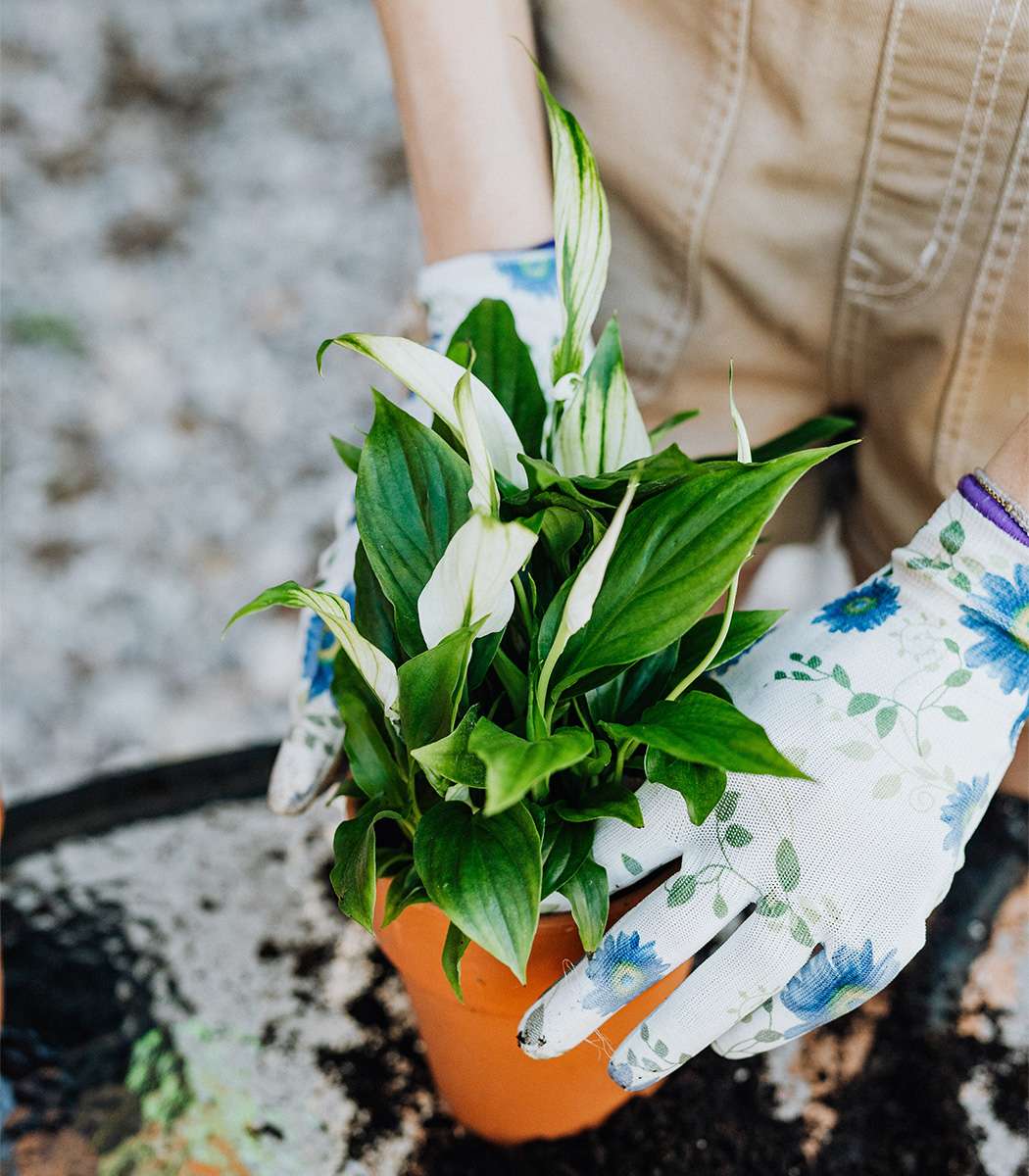










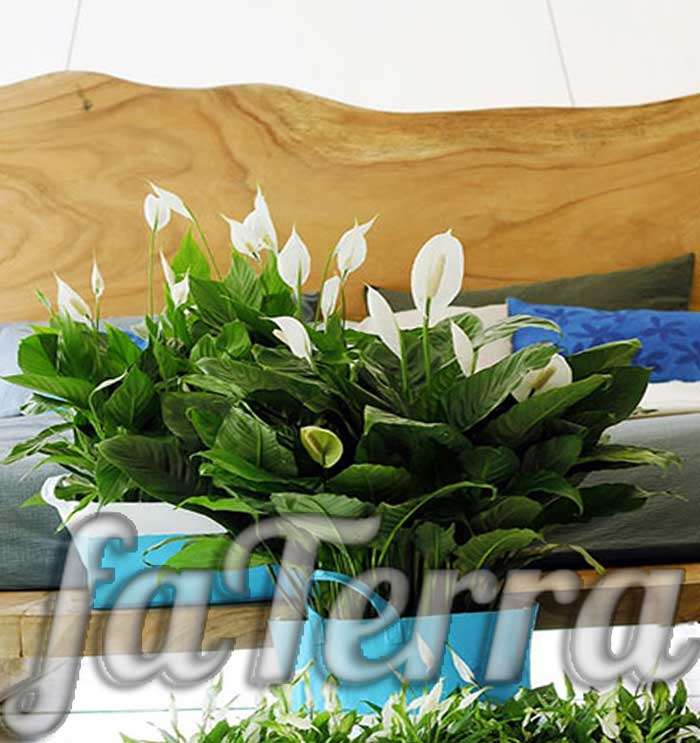
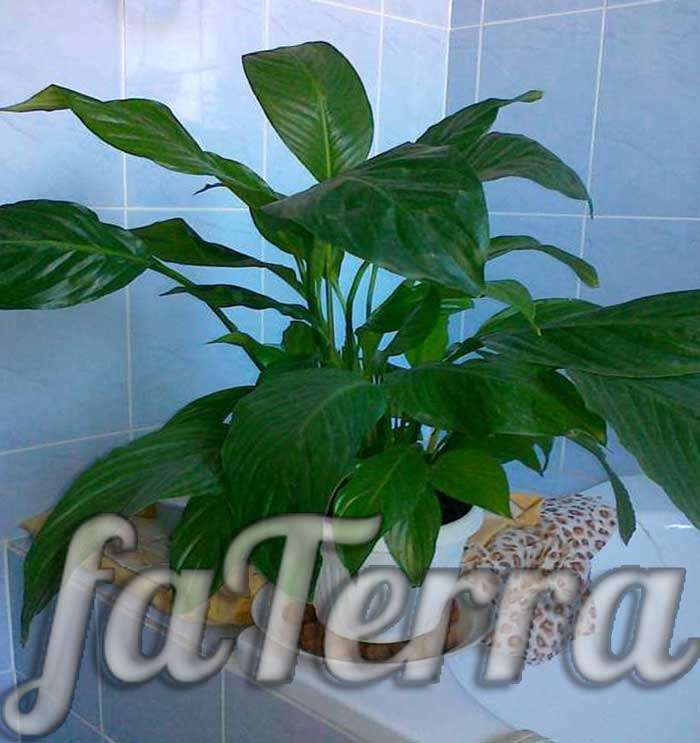
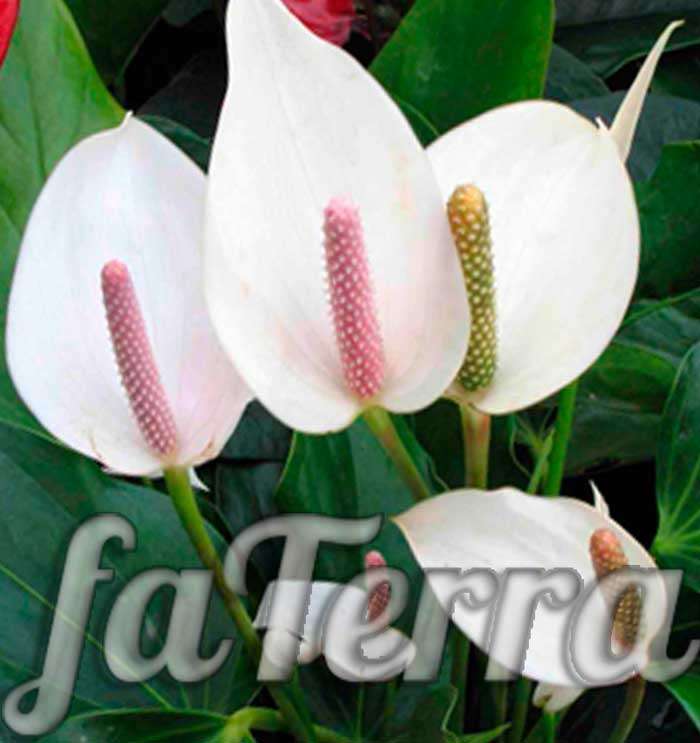


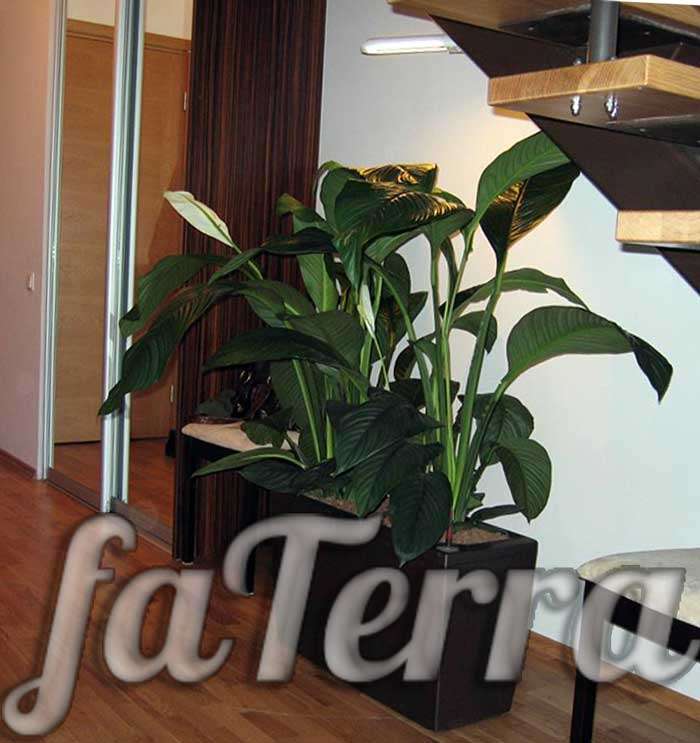

Write comments
Comments